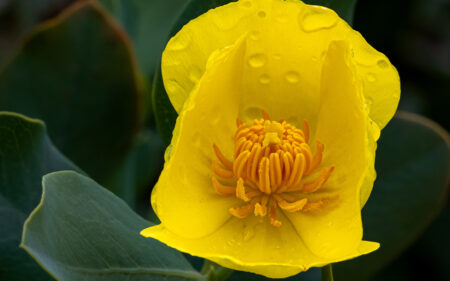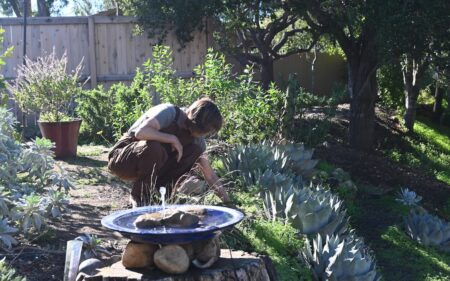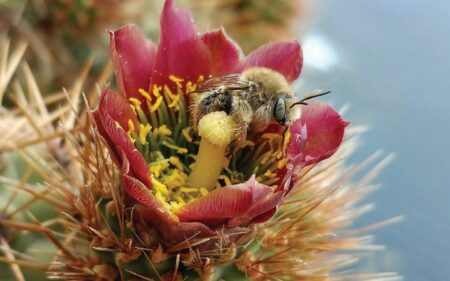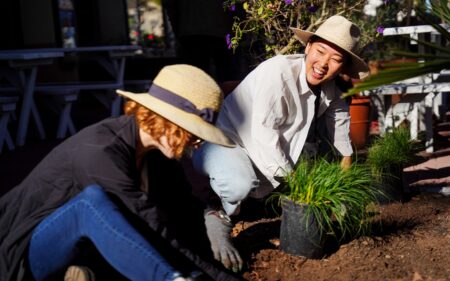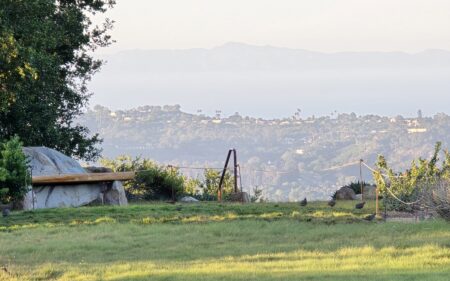Winter Birds and Where to Find Them
In southern California, the shift between seasons can be to which birds are and are not present in our yards, Gardens, subtle. With freezing temperatures and snow limited to and open spaces, we can build our seasonal fluency in southern high elevations and an abundance of evergreen trees/shrubs California. For much of North America, winter is a season of in the dominant plant communities of the lower elevations (oak woodland, chaparral, coastal sage scrub, etc.), the arrival of fall and its transition into winter don’t seem to follow the same solemn procession that northern latitudes or landscapes further east experience. In large part, this is due to California’s Mediterranean climate, where the most stressful time of year is during our long, dry summer as opposed to an icy winter. However, a keen eye and an appreciation for shifts at an ecosystem level reveal major seasonal transitions beyond just shorter days and cooler temperatures.
One of the best indicators of seasonality in our region, especially at this time of year, is the local avifauna. By paying attention to which birds are and are not present in our yards, Gardens, and open spaces, we can build our seasonal fluency in southern California. For much of North America, winter is a season of sparrows. These seed eaters form large flocks across the continent and there are a few species that will be present in our Garden and your neighborhoods throughout the winter.


White-crowned Sparrow (Zonotrichia) – These large sparrows in the genus Zonotrichia are typical of that group in that they are relatively large-bodied and have long tails. Adults will have strong black and white patterning on their head, while juveniles will favor a reddish crown/eyeline combo. Being seed eaters, they are attracted to plants such as buckwheats (Eriogonum sp.), goldenrod (Solidago sp.), and other members of the sunflower family (Asteraceae). Look for them in the groundcover display near the Garden entrance, in the meadow, and around the Porter Trail.


Golden-crowned Sparrow (Zonotrichia) – These cousins to the more-ubiquitous White-crowned Sparrow share the same body proportions, but have different plumage overall. Golden-crowneds are typically darker brown with a black and yellow pattern on their head. Juveniles will have less bold head patterning, but yellow should be present near the eye. They are a bit more shy than white-crowned sparrows and are more likely to be encountered on the Porter Trail and east slope of the Garden, also feeding on seeds. crowned sparrows. Listen for their plaintive song that is often transcribed as, “OOOh Deeear Meeeeee.”


Fox Sparrow (Passerella iliaca) – A third winter sparrow that we are likely to encounter in the Garden, our neighborhoods, or in open spaces, is the Fox Sparrow. These are also large sparrows that sport a densely spotted breast. They prefer dense, thicket-like habitat, so places like the Meadow View, Porter Trail, or Woodland Trail, or even in the Canyon are good bets to spot this bird. They will likely be digging in the leaf litter, looking for insects and seeds to eat.
 Donate
Donate
